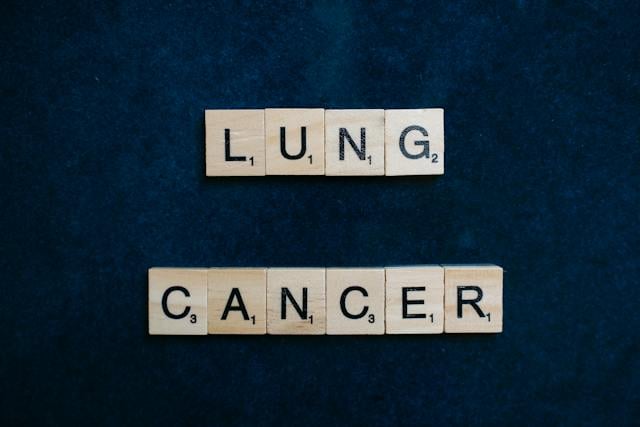The latest American Cancer Society (ACS) guidelines target the high mortality rate of lung cancer, the leading cause of cancer-related deaths in the U.S. By broadening eligibility for annual low-dose CT lung screenings, advocates, including Dr. Carey Thomson, aim to encourage more at-risk individuals to undergo yearly screenings, as fewer than 10% currently do.
Major change on ACS guidelines
The new ACS lung cancer guidelines target high-risk individuals with a smoking history, eliminating the time since quitting as a factor. These guidelines align with the 2021 recommendations of the US Preventive Services Task Force, broadening the age range and reducing the cumulative smoking threshold.
Dr. Thomson suggests an additional six to eight million people will now qualify for screening, reflecting the expanded age requirement and decreased cumulative smoking history criteria.
Lung cancer ranks as the third most prevalent cancer in the US but is the deadliest, surpassing combined deaths from colorectal, prostate, breast, and cervical cancers. For instance in 2023, approximately 238,000 Americans were to be diagnosed, with 127,000 expected to succumb to the disease.
Risk factors for lung cancer
Although non-smokers can still develop lung cancer, smoking and secondhand smoke significantly elevate the risk, contributing to 80-90% of lung cancer deaths. Smokers face 15 to 30 times higher likelihood compared to non-smokers, with risks increasing based on duration and daily cigarette consumption.
Early detection is crucial for treating lung cancer successfully. According to the American Society of Clinical Oncology, individuals with small, early-stage tumors have a survival rate of 80-90% for five years or more. Survival rates decrease as tumors grow larger or spread to other areas.
The changes in guidelines
The updated ACS guidelines recommend lung CT screening for individuals aged 50 to 80 who are current or former smokers with 20 or more pack-years. The age range is expanded from 55 to 74, and the pack-year requirement is lowered from 30 to 20.
The change reflects research suggesting that the years since quitting smoking may not significantly affect lung cancer risk. A discussion with a health professional is necessary before scheduling a screening eliminating the previous in-person appointment requirement.


